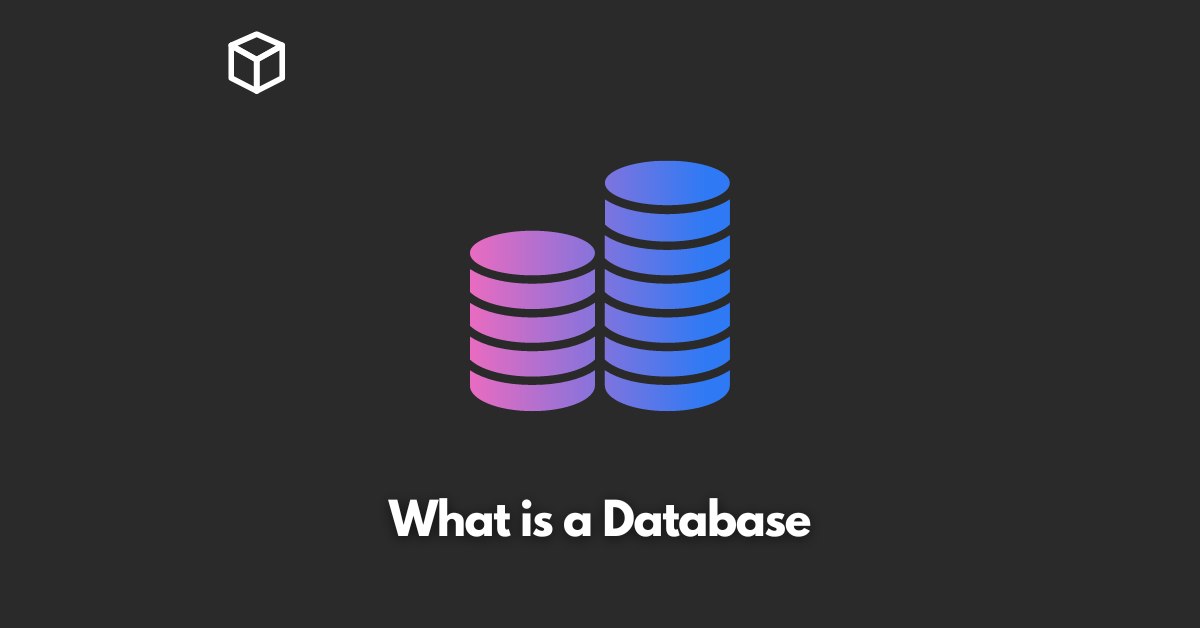A database is a collection of data that is organized in a specific way to make it easy to access, manage, and update.
Databases play a crucial role in today’s technology landscape, powering everything from websites and mobile apps to financial systems and scientific research.
In this article, we’ll dive into the different types of databases, how they work, and why they’re so important.
Types of Databases
When it comes to databases, there are three main types: relational databases, NoSQL databases, and object-oriented databases.
Relational databases, such as MySQL and Oracle, store data in tables with rows and columns. These databases are great for handling large amounts of structured data and support complex queries.
However, they can be inflexible and may not perform as well with very large or unstructured data sets.
NoSQL databases, such as MongoDB and Cassandra, store data in a more flexible, non-relational format.
These databases are designed to handle large and rapidly changing data sets and are often used for big data and real-time web applications.
However, they may not support complex queries as well as relational databases.
Object-oriented databases, such as ObjectDB and OrientDB, store data as objects and are often used in object-oriented programming languages.
These databases are good for handling complex data relationships and can provide a more natural and intuitive way of working with data.
Database Management Systems (DBMS)
A Database Management System (DBMS) is a software system that interacts with the database, allowing you to create, read, update, and delete data.
Examples of popular DBMS include MySQL, Oracle, and SQL Server. A DBMS also controls access to the data, ensuring that multiple users can work with the data simultaneously without conflicts.
When you query a database, the DBMS is responsible for interpreting your request and returning the relevant data.
It also handles tasks such as data validation, backup and recovery, and performance optimization.
Database Design and Normalization
Proper database design is crucial for creating a database that is efficient, accurate, and easy to maintain.
The database design process typically involves several steps such as requirements gathering, data modeling, and testing.
Normalization is an important concept in database design and refers to the process of organizing data into separate tables to minimize data redundancy and improve data integrity.
By breaking down data into smaller, more manageable tables, you can ensure that data is entered only once and that it is consistent across the entire database.
Database Security
Databases are a prime target for cyberattacks, and it’s crucial to take steps to secure your data.
Common security threats to databases include SQL injection, where attackers insert malicious code into SQL statements, and denial of service attacks, where an attacker floods the database with requests to overload the system.
To secure a database, it is important to implement strong authentication and access controls, regularly update the DBMS and any other software, and use encryption to protect sensitive data.
The role of a DBMS in database security is to provide security features like user management, access controls, and encryption.
Conclusion
In this blog post, we’ve covered the basics of what a database is, the different types of databases available, and how they work.
We’ve also touched on the importance of proper database design and normalization, and the steps you can take to secure your data.
As technology continues to evolve, databases will play an increasingly important role in our lives, and it’s important to have a solid understanding of how they work.





